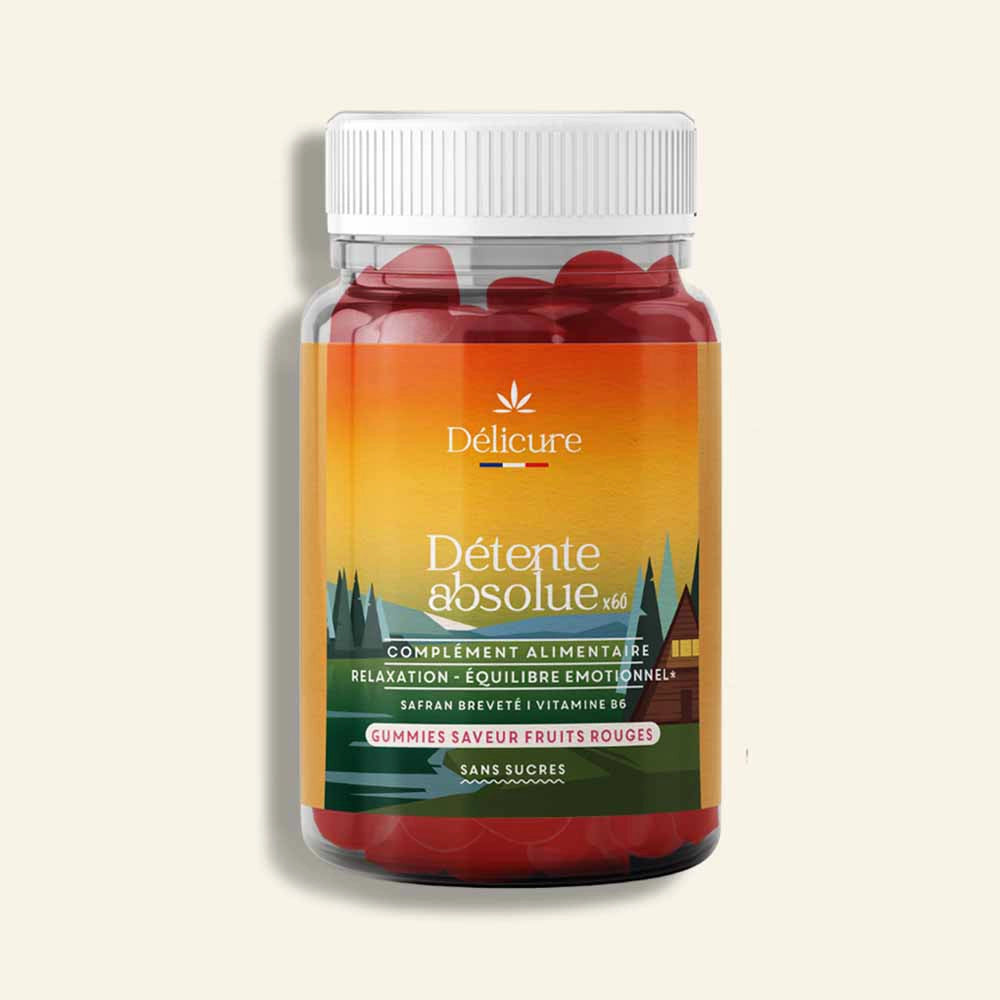
Gray hair: causes, origin and natural solutions
The appearance of gray hair, also called canities , is a natural phenomenon that affects both men and women. Generally, the first gray hairs appear around age 35 to 40—sometimes earlier depending on genetic predisposition. But what causes this depigmentation? Can its appearance be delayed?

What is a white hair?
A gray hair isn't actually "white": it's a hair that has lost its melanin , the pigment responsible for its natural color. This depigmentation gives it a gray, silver, or white appearance, depending on the light and the hair's density. This process is perfectly normal: it's a biological change linked to age and the functioning of our hair cells.
Origin and scientific explanation
Hair color depends on the presence of pigments called melanins , which are also responsible for skin color. These pigments are produced by specialized cells: melanocytes , located at the base of the hair follicle.
There are two main types of melanin:
- Eumelanins : responsible for brown and black hues.
- Pheomelanins : responsible for blond, red or copper hair.
Each person has a unique combination of these two pigments. Their proportion determines hair color. Genes play a major role, but external factors (sun, pollution, diet, stress) can also influence pigmentation. For example, hair tends to lighten in the sun, while skin tans.
Why do hairs turn white?
With age, melanocytes become depleted and produce less and less melanin. Gradually, the hair grows without pigment and turns white. This phenomenon often begins with a few gray strands or patches before spreading to the entire head of hair—including the beard, eyebrows, or body hair.

The main causes of gray hair
Contrary to popular belief, white hair is not colored white, but bleached due to a lack of melanin. The causes are numerous:
- Natural aging : the main cause. Melanocytes age and then disappear, leading to hair color loss.
- Genetic factors : certain genes determine the rate at which white hair appears.
- Hereditary diseases such as albinism, Waardenburg syndrome, or Menkes disease can affect melanin production.
- Chronic stress : it accelerates cellular aging and can promote the premature appearance of gray hair.
- Nutritional deficiencies : a lack of copper, zinc, iron, or B vitamins can affect natural pigmentation.
The role of stress in the appearance of gray hair
Recent studies have shown that chronic stress can disrupt melanocyte regeneration and accelerate depigmentation. This phenomenon is explained by an excessive release of cortisol, the stress hormone, which depletes the cells responsible for hair pigmentation.
To counteract these effects, it is recommended to adopt a balanced lifestyle: restful sleep, a diet rich in antioxidants, physical activity, and relaxation. Relaxing plants such as rhodiola, ashwagandha, or passionflower can also be helpful.
CBD and saffron are also known for their relaxing and emotionally beneficial effects. At Délicure, the Saffron B6 Anti-Stress Gummies combine a patented saffron extract with vitamin B6 to help regulate stress, support the nervous system, and maintain healthy hair. These patented saffron supplements have undergone several scientific studies that have demonstrated their strong effectiveness in reducing stress and improving mood.
Can we prevent or slow down the appearance of gray hair?
To date, there is no medical treatment to prevent graying. However, certain actions and dietary supplements can slow the process :
- Adopt a diet rich in copper, iron, zinc and B vitamins.
- Limit oxidative stress through good stress management.
- Use fortifying and nourishing treatments to stimulate the scalp.
- Protect hair from the sun and pollution.
Délicure Hair & Nails capsules can complement this holistic approach. Their natural formula, based on nettle, horsetail, and bamboo, is rich in silica, a mineral essential for keratin production and hair fiber strength. 100% plant-based, sugar-free, and made in France, these Délicure capsules help strengthen hair, support regrowth, and maintain its natural vitality.
To dye or embrace one's gray hair?
Some choose to camouflage their gray hair, others embrace it. There's no right or wrong option—only a personal choice. If you want to color your hair:
- Opt for gentle, ammonia-free hair colorings, spaced at least 6 weeks apart.
- Avoid harsh products that can accelerate natural discoloration.
- For light coverage, opt for temporary hair colors (lasts 8 to 10 shampoos).
And if you decide to embrace your salt and pepper hair, be aware that it requires special care: hydration, UV protection and repigmenting treatments to avoid yellow tones.

























